
Water is the foundation of life. It sustains our food production, powers industries, and ensures the health and well-being of our communities. Yet, we face a global water crisis that threatens ecosystems, economies, and people everywhere. This crisis affects every corner of the world, regardless of borders, industries, or livelihoods.
No region is immune. From polluted rivers teeming with chemicals to microplastics contaminating drinking water in cities worldwide, the warning signs are clear. Aquatic life is dying at alarming rates — fish, shrimp, and other species are disappearing from their habitats. Industrial waste, full of toxic pollutants, seeps into our water sources, making once-reliable rivers and lakes hazardous. Meanwhile, aging infrastructure in cities and towns leaves communities vulnerable to contaminated water, compromising public health and safety.
This isn’t a distant threat — IT’S HAPPENING NOW We should never ignore it. For farmers, factory owners, and families, the crisis is personal and immediate. To tackle it, we must first understand the problems affecting our water and how they impact aquaculture, industries, and daily living. The good news? With smarter water monitoring and action, we can protect our water and secure a more sustainable future.

Water supports every aspect of our existence. — from the food we eat to the industries that power our economies and the water we use at home.
Yet, our water systems are breaking down. Pollution, mismanagement, and aging infrastructure are causing widespread damage to ecosystems, reducing the quality and availability of clean water, and putting our health and livelihoods at risk. As rivers become contaminated, water bodies lose their ability to support life, and once-reliable sources of clean water deteriorate, the consequences ripple through communities and economies alike.
These challenges are not isolated. — they are interconnected and growing more and more urgent. Understanding these issues is ideally the first step toward safeguarding our very own future. Here are some of the most common and critical problems threatening our water resources everyday:
Fish and shrimp farms rely on clean water, but pollution from nearby factories and sewage contaminates their ponds and rivers. Farmers see their stocks dying, and consumers lose access to safe seafood.
Without clean water, aquaculture cannot thrive, threatening food supplies and livelihoods.
In hot weather or overcrowded ponds, oxygen levels drop suddenly, leaving fish gasping for air and dying. Imagine an entire pond of fish floating lifeless overnight.
This crisis leads to huge financial losses for farmers and reduces the availability of seafood in markets.
When uneaten fish food and waste break down, they produce ammonia, which is toxic to aquatic life. Farmers who neglect water quality may find their entire stock wiped out.
This problem not only threatens livelihoods but also impacts the seafood industry and global food security.
Fertilizers washing into ponds cause algae to grow rapidly, turning water green and suffocating fish and shrimp. These algae consume oxygen, making the water unlivable.
Left unchecked, this problem can destroy entire aquaculture farms and harm the surrounding environment.
Abrupt shifts in water temperature caused by weather changes or poor water management can stress or kill fish and shrimp. For farmers, this means unpredictable losses and reduced productivity.
If these conditions persist, entire communities dependent on aquaculture can suffer.
Factories often release untreated chemicals into rivers and lakes. Imagine a river turning brown and foul-smelling due to industrial waste.
This pollution damages ecosystems, makes water unsafe for use, and poses severe health risks to nearby communities.
Mining and manufacturing processes release heavy metals like lead and mercury into water bodies. These toxins build up in fish and drinking water sources.
Communities relying on these waters face long-term health risks, including poisoning and chronic illnesses.
Outdated industrial systems waste thousands of liters of water every day. Imagine factories draining local water supplies while nearby communities suffer shortages.
This wasteful practice increases costs and depletes precious water resources.
Without proper monitoring, factories may unknowingly release harmful wastewater into nearby water bodies. This leads to polluted rivers, sick communities, and penalties for the companies.
Effective monitoring is essential to prevent environmental damage and health crises.
Industries that fail to manage water responsibly face fines, operational shutdowns, and public backlash. Companies that neglect water regulations risk losing their reputation and profitability.
Sustainable water practices are no longer optional — they’re necessary for survival.
Aging pipes and pollution contaminate the water flowing into our homes. Imagine turning on the tap and seeing discolored water.
This poses serious health risks, especially for children and the elderly, and undermines trust in public water systems.
Tiny plastic particles are now found in bottled water, tap water, and even rainwater. Every sip we take may come with invisible plastic.
Over time, consuming microplastics can lead to serious health issues, affecting everyone, everywhere.
Water parks, pools, and natural swimming spots need clean water to be safe. Imagine a day at the pool ending with rashes or stomach illness.
Poor water quality in recreational areas harms public health and discourages people from enjoying these spaces.
Heavy rains can overwhelm sewage systems, causing bacteria-filled water to flow into rivers and lakes.
Families using this water for cooking or bathing risk infections and illness. This problem is especially dangerous in areas with poor infrastructure.
Leaky pipes and inefficient systems waste hundreds of liters of water at home every day. This not only increases water bills but also strains local water supplies.
In a world facing water shortages, wasting water is a crisis we can’t afford to ignore.

The water crisis touches every part of our lives — disrupting ecosystems, hindering industries, and compromising public health. Though the issues seem varied, they fall into three core challenges that demand our focus and understanding.
These challenges represent the largest threats to the sustainability of our water resources and reveal the true scale of the crisis. Only by exploring each of these key essential critical areas can we grasp the urgency and magnitude of what’s at stake for all of us.
Aquaculture: The Threat to Our Food Supply
Water is the lifeblood of aquaculture, serving as the home for fish, shrimp, and other aquatic species that feed millions worldwide. Yet polluted water, unstable oxygen levels, toxic waste, and sudden temperature changes threaten these delicate ecosystems.
When aquatic life dies, farmers lose their livelihoods, food security weakens, and entire communities suffer. Clean, well-managed water is essential to keeping aquaculture productive and sustainable.
Industries: The Risk to Our Economy and Environment
Industries rely on water for production, cooling, and cleaning processes. However, the discharge of untreated chemicals, heavy metals, and inefficient water use are polluting rivers and lakes, destroying ecosystems, and endangering public health.
Failure to manage water responsibly not only leads to environmental damage but also threatens business operations with fines, shutdowns, and repetitional loss.
Sustainable water management in industries is critical for economic stability and environmental health.
Daily Living: The Danger to Our Health and Communities
Water impacts every aspect of our daily lives — from the water we drink to the pools where our children play. Aging infrastructure, bacterial contamination, and microplastics are making water unsafe for millions.
Contaminated water leads to illnesses, disrupts daily life, and diminishes the quality of public spaces. Ensuring access to clean and safe water is fundamental to our health, well-being, and overall quality of life.
Aquaculture: The Threat to Our Food Supply
Water is the lifeblood of aquaculture, serving as the home for fish, shrimp, and other aquatic species that feed millions worldwide. Yet polluted water, unstable oxygen levels, toxic waste, and sudden temperature changes threaten these delicate ecosystems.
When aquatic life dies, farmers lose their livelihoods, food security weakens, and entire communities suffer. Clean, well-managed water is essential to keeping aquaculture productive and sustainable.
Industries: The Risk to Our Economy and Environment
Industries rely on water for production, cooling, and cleaning processes. However, the discharge of untreated chemicals, heavy metals, and inefficient water use are polluting rivers and lakes, destroying ecosystems, and endangering public health.
Failure to manage water responsibly not only leads to environmental damage but also threatens business operations with fines, shutdowns, and repetitional loss.
Sustainable water management in industries is critical for economic stability and environmental health.
Daily Living: The Danger to Our Health and Communities
Water impacts every aspect of our daily lives — from the water we drink to the pools where our children play. Aging infrastructure, bacterial contamination, and microplastics are making water unsafe for millions.
Contaminated water leads to illnesses, disrupts daily life, and diminishes the quality of public spaces. Ensuring access to clean and safe water is fundamental to our health, well-being, and overall quality of life.

The challenges we face in food production, industries, and daily living all share a critical connection: water quality. Behind every polluted river, dying fish, or unsafe drinking supply lies a disruption in the delicate balance of water’s essential properties. Poor water quality leads to widespread consequences — harming aquatic life, hindering business operations, and threatening public health.
HydroNeo’s smarter water monitoring tackles these challenges head-on by tracking key water quality parameters with real-time precision. This approach allows for early detection of issues, informed decision-making, and effective water management. With HydroNeo, users can protect ecosystems, optimize industrial processes, and ensure clean, safe water for everyone.
Below are the key metrics all of us should monitor:

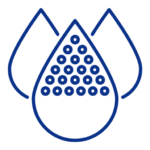

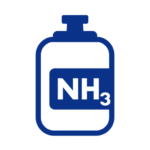






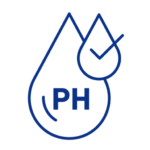



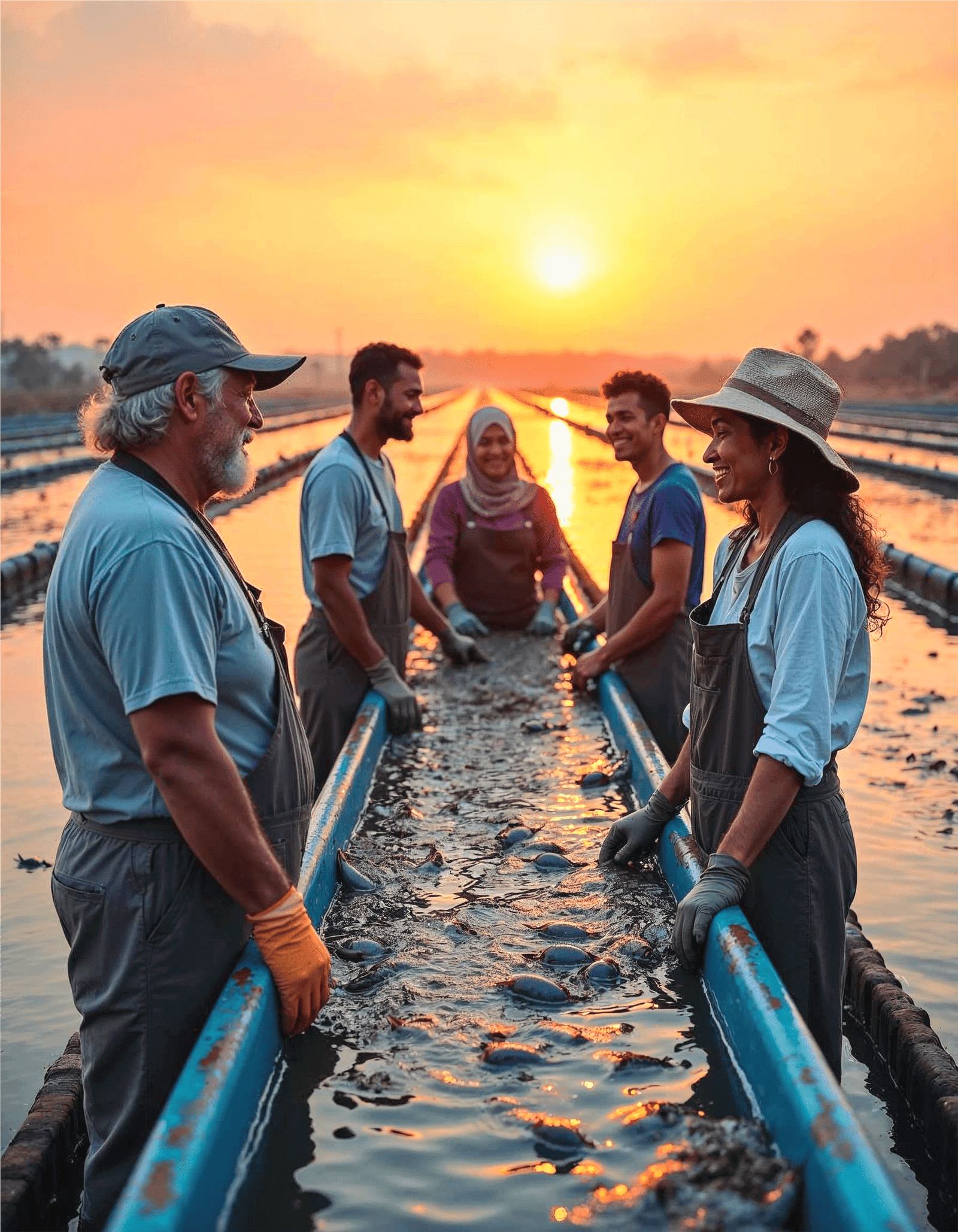
HydroNeo's smarter solutions enhance water management efficiency and promote lasting sustainability worldwide.
Managing water quality is a critical challenge for industries and water farming. Traditional monitoring systems oftan lack the accuracy and speed required for effective decision making.
HydroNeo uses a more advanced automation to deliver real-time insights helping individuals and businesses optimize operations, protect aquatic ecosystems, and achieve sustainability goals.
Check Out HydroNeo’s Smarter Water Monitoring Insights:
Water is essential for life, shaping ecosystems, supporting industries, and ensuring human well-being. HydroNeo’s smarter solutions provide precise water monitoring and automation for aquaculture, industries, and daily living. With HydroNeo, smarter water management leads to healthier ecosystems, more efficient industrial practices, and an improved quality of life for everyone

HydroNeo monitors critical parameters like dissolved oxygen, pH levels, and temperature to ensure the health and growth of aquatic species such as fish and shrimp.
By maintaining optimal water conditions, HydroNeo helps farmers reduce mortality rates, boost productivity, and support sustainable food production.

In industrial settings, HydroNeo tracks key water quality parameters to detect contaminants, regulate water treatment processes, and ensure compliance with environmental standards.
This smarter approach helps industries protect public health, reduce waste, and improve operational efficiency.

From home aquariums to water parks, HydroNeo ensures clean, safe water for everyday activities.
By monitoring key parameters, HydroNeo helps maintain healthy aquatic environments, support safe recreational spaces, and ensure more reliable, higher-quality water for households and communities.
Leading organizations recognize the importance of smarter water monitoring and have acknowledged HydroNeo’s role in revolutionizing water management. Their trust reflects our commitment to delivering real-time insights and smarter, sustainable solutions.







Discover how HydroNeo’s smarter solutions can solve your water challenges. Scroll up to explore our products or down to connect with us. Let’s build a smarter, more sustainable water future — together.

Every drop of progress matters. Through dedication to smarter water management, we’ve made a difference for farmers, industries, and communities. These snapshots capture the stories, successes, and smiles that inspire us to keep going.




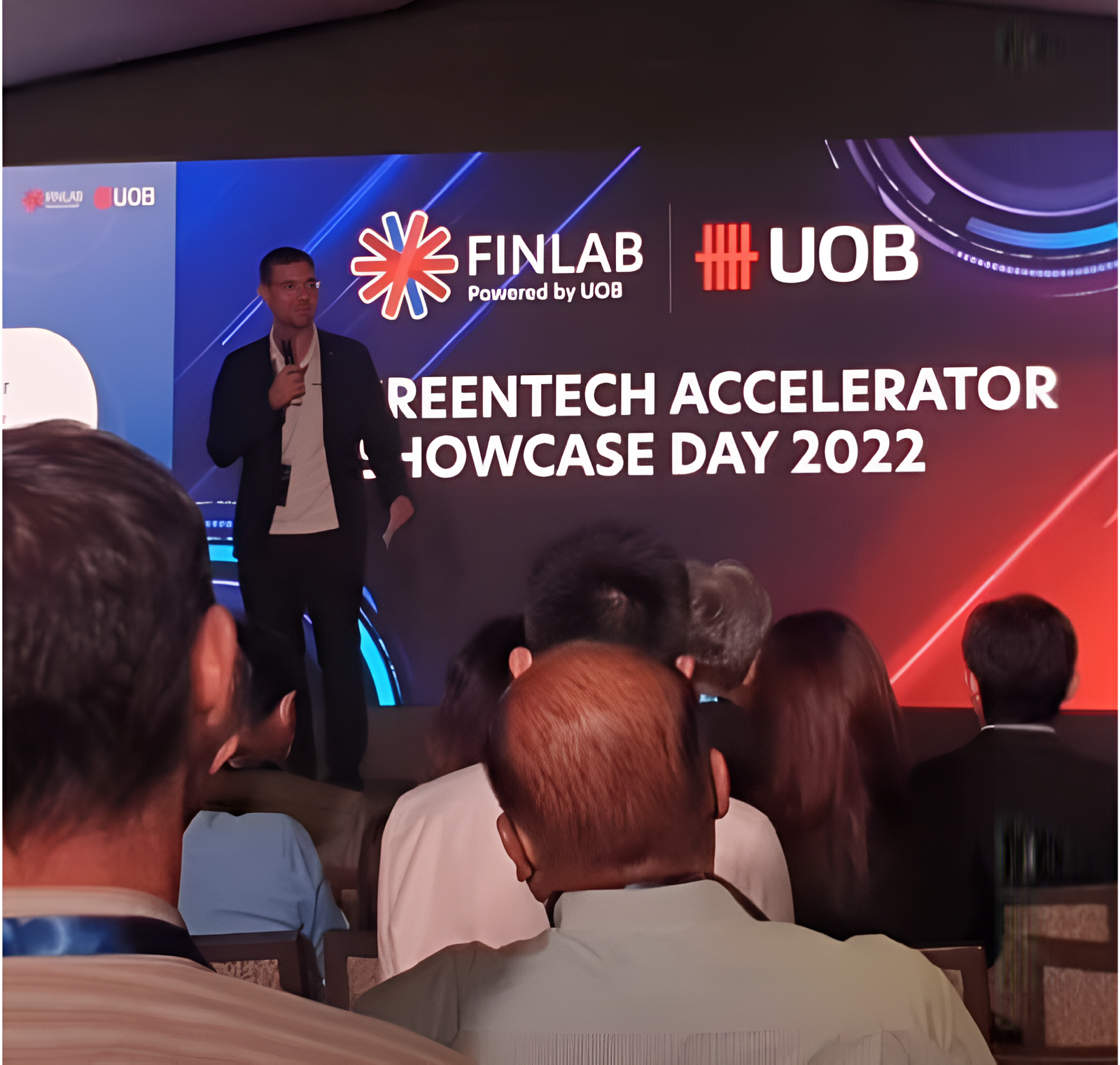






Water drives life; HydroNeo’s smarter solutions drive its future.
— Fabian Reusch —
We’d love to hear from you. Submit your questions through the form below, or use the provided contact information to reach out.
Let’s start the conversation and build smarter water solutions together.
HydroNeo is Thailand’s leading provider of Smarter Water Monitoring solutions for aquaculture, industries, and daily living.
We deliver better innovative automation, real-time monitoring, and IoT technology to optimize processes, enhance sustainability, and drive better profitability.
Our comprehensive Super App and Smarter Farm Management System empower smarter, more efficient practices across the entire value chain.


Expect an insightful letter from us once a week.
No spam.
Be Part of the Buzz!